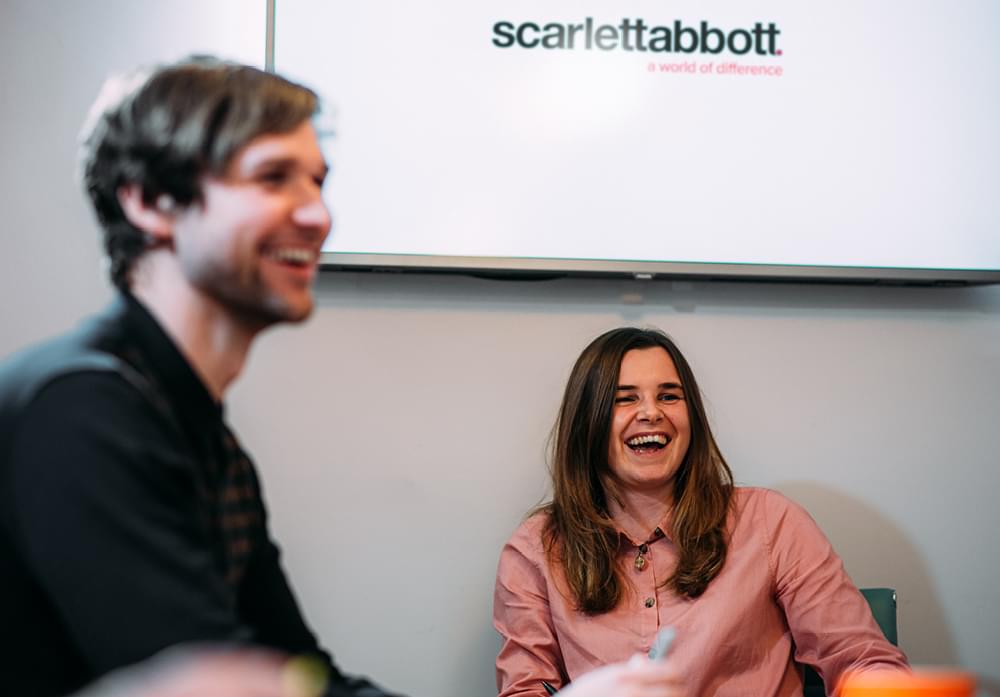Cultural anthropology.


Cultural anthropology uses a qualitative research method called ethnography to understand human behaviour, culture and social interactions through first-hand experience and observation.
Applying ethnographic insight to your world of work can provide deeper understanding about what your employees actually experience every day on a wide range of issues. This understanding can reveal blind spots, social silences, taken-for-granted or problematic assumptions, overlooked factors and other things you didn’t know you didn’t know.
It’s also helpful to identify and explore process-practice,
knowledge-action, say-do and thought-action gaps where things aren’t as
they seem on the surface. Identifying these issues and gaps in your
culture, communications and employee experience are fundamental to
creating effective solutions that work for your people and unleash their
performance.
What people say, think and do doesn’t always neatly align. Understanding this in practice starts with observing what people are actually doing and using that as a starting point for our insights.

Work is social; it isn’t just what we do or where and where we do it, work is also who we do work with and who we do work for. Understanding our relationships and interactions – often beyond the org structure, chart or formal process – can give us more depth on how an organisation actually functions.


Ethnographic insights isn’t about doing something to people but creating understanding with people. This means looking at their actual lived experiences and giving them a voice to tell us how they see, understand and experience their world from their own perspective.

To really understand people’s worlds from their perspective, we need to step into these worlds as fully as we can. That means trying to spend time alongside them in their work environments to see their experience from their angle.

Ethnography’s goal isn’t about judging what people say, think or do, but to meet people where they are. Our aim is to understand the how and why of what people think, feel and do through getting first-hand understanding of what their world of work is like.

Not
just the view from the C-suite, HR or Internal Communications, but
what’s it like on the frontline? What’s the day-to-day experience for
line managers? Or what about your IT teams that are constantly
firefighting? How does it feel to work there if you’re from a diverse
background and don’t fit whatever norms or stereotypes are in place?
Ready for a fresh take on the employee experience? Get our whitepaper exploring six key principles to harnessing the power of cultural anthropology and ethnography for employee engagement.
